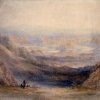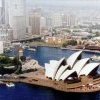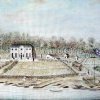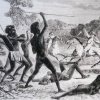1800s
1800
Grace Karskens in her book The Colony, writes, ‘In this book the narratives of town-building, rural settlements and environmental responses are encircled by histories of the Aboriginal people of Sydney. Of all the rich and gripping stories of what happened in the Sydney region after 1788, these are the most astonishing and the most poignant. It is time to shake off the idea that Sydney was a ‘white’ city, that Aboriginal people simply faded out of the picture and off the ‘stage of history’; it is simply untrue. The time has come, too, to recognise that Aboriginal people became urban people very quickly.’ … From what we can glimpse, the closest links and associations between Sydney clans and bands seemed to run north-south along the coast, rather than east-west between the coast and inland mountains. Rivers and creeks were the places of densest occupation, while high places were for ceremonial use. Rivers served as both boundaries and corridors. (Karskens, pp. 12, 42)
Koori people are a visible presence in the central district and remain so until the 1830s, when more begin to join others already having retreated to lesser-known areas around the Harbour. The historian Karskens asks ‘What became of those early intimacies, the deep wonder and admiration for women’s skills, the early officers' gallant gestures, and Phillip’s and Dawes’s attempts to provide a safe haven for Aboriginal women? One by one, the officers sailed away; their actions and words failed to become a template for the future time. Although some high profile women were well known and received by modicum of clear and sympathy, the townsfolk became utterly indifferent to girls like Lainey Cabbage who were afforded some white women privileges, but offered Aboriginal women little protection.’ (Karskens, p. 420)
1801
1802
1803
Koori people are living in the open or still wild areas around Sydney town, such as the Domain in the east, the Rocks at Darling Harbour in the west, around the Brickfields hunting ground (near the present War Memorial in Hyde Park) to the south and across the water on the north shore around Kirribilli.
1804
James Bath, a Koori orphan from Toongabbie, dies at age 15. For six years prior to this he has been employed by a boatman based in Sydney Cove. He was raised by white foster parents after his Aboriginal parents are shot dead while stealing corn from a field at Toongabbie in the early 1790s. He dies of dysentery. (Sydney Gazette)
1805
1806
The explorer D’Urville describes a great gathering of Aboriginal clans assembled near the present central railway for a ritual payback combat over the death of Bennelong’s son Dickie one year earlier. Those taking part include clans from the Hunter River, Emu Plains, Broken Bay and Illawarra. (Vincent Smith p. 83)











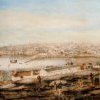
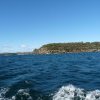
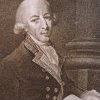
.thumbnail.jpg)
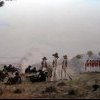

.thumbnail.JPG)
